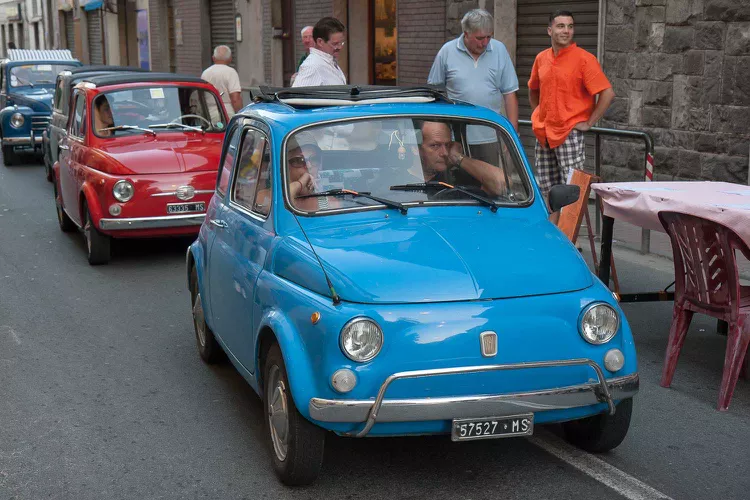Driving in France: Essential Tips for a Smooth Journey
- Understanding French Drivers
- Fueling Up on Your Journey
- Decoding Signage
- Navigating Traffic Circles Effectively
- Observing Speed Limits
- Parking Practices in France
- Exploring the French Buy Back Lease Option
Driving in France is truly a rewarding experience, often offering a unique blend of scenic routes and efficient traffic flow. However, the rules of the road can differ from those in the US, so understanding these nuances is key.
Understanding French Drivers
French drivers typically exhibit a less aggressive demeanor compared to those in Italy, yet they can be more assertive than their counterparts in Belgium. On the fast Autoroutes, France’s toll roads, adhering to right-side driving is essential, and passing is expected on the left. If you’re in the left lane, be prepared for cars to approach closely. Therefore, it’s wise to avoid fixating on your rearview mirror and to merge back to the right lane swiftly, following the road rules diligently.
Fueling Up on Your Journey
When it comes to fueling your vehicle, hypermarkets, which are large supermarkets located on the outskirts of cities, can offer significant savings—typically around 5% less than conventional gas stations. Therefore, consider planning your refueling stops accordingly to make the most of your budget.
Decoding Signage
French road signs can be initially confusing. Green direction signs indicate “free roads,” while blue signs labeled with peage reference toll roads. Moreover, a sign directing left may imply you should continue straight ahead, while a sign directing right means to turn at the next opportunity. This distinctive approach requires a different mindset, so it’s essential to stay alert while navigating the roads.
Navigating Traffic Circles Effectively
Traffic circles in France are vastly more efficient than traditional stop signs. They not only streamline traffic flow but also allow drivers to take a second glance at the navigational signs. You can traverse the circle multiple times if needed, as long as you use the inner lane. Upon entering, check for traffic from the left, proceed toward the center, and signal your exit while ensuring the inner lane is clear.
Observing Speed Limits
In general, the speed limits in France hover around 90-110 kph on rural roads connecting major cities, and up to 130 kph on selected sections of toll roads. In town limits, speeds vary but are often between 30 to 50 kph, ensuring safety in populated areas.
Parking Practices in France
In larger cities, paid parking is the norm, and you’ll commonly find machines situated in lots that accept coins, bills, and occasionally credit cards. Interestingly, parking is generally free during lunch hours from 12 PM to 2 PM. Otherwise, be prepared to pay for parking between 9 AM and 12 PM and from 2 PM to 7 PM, depending on local regulations—so always check the signage.
Exploring the French Buy Back Lease Option
If your trip in France extends beyond three weeks, consider exploring leasing options instead of traditional car rentals. The French Buy Back Lease can enhance your driving vacation experience considerably, providing flexibility and convenience for your travels.
In conclusion, driving in France can be a delightful experience with the right knowledge and preparation. By familiarizing yourself with the driving culture, fuel options, signage, and parking regulations, you can ensure a smooth and enjoyable journey through the beautiful landscapes of France.





